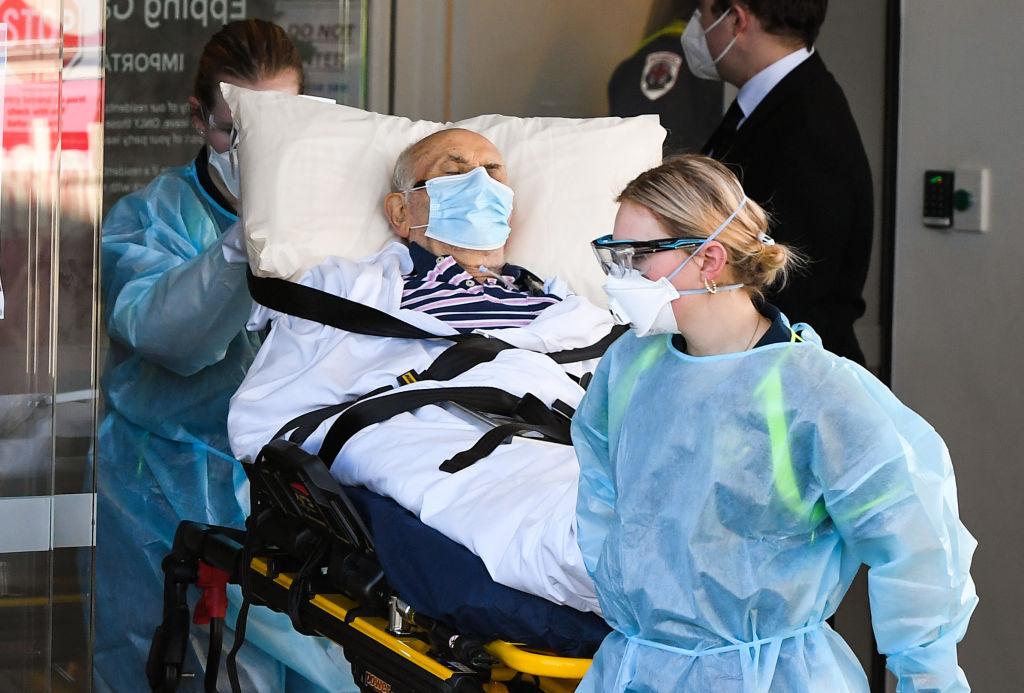The Australian government has downplayed concerns that inflation will flare up following the record pay rises for aged care workers.
On May 4, the Labor government announced that the upcoming May 9 budget would include a 15 percent pay increase for aged care workers across the country as the Fair Work Commission recommended.





